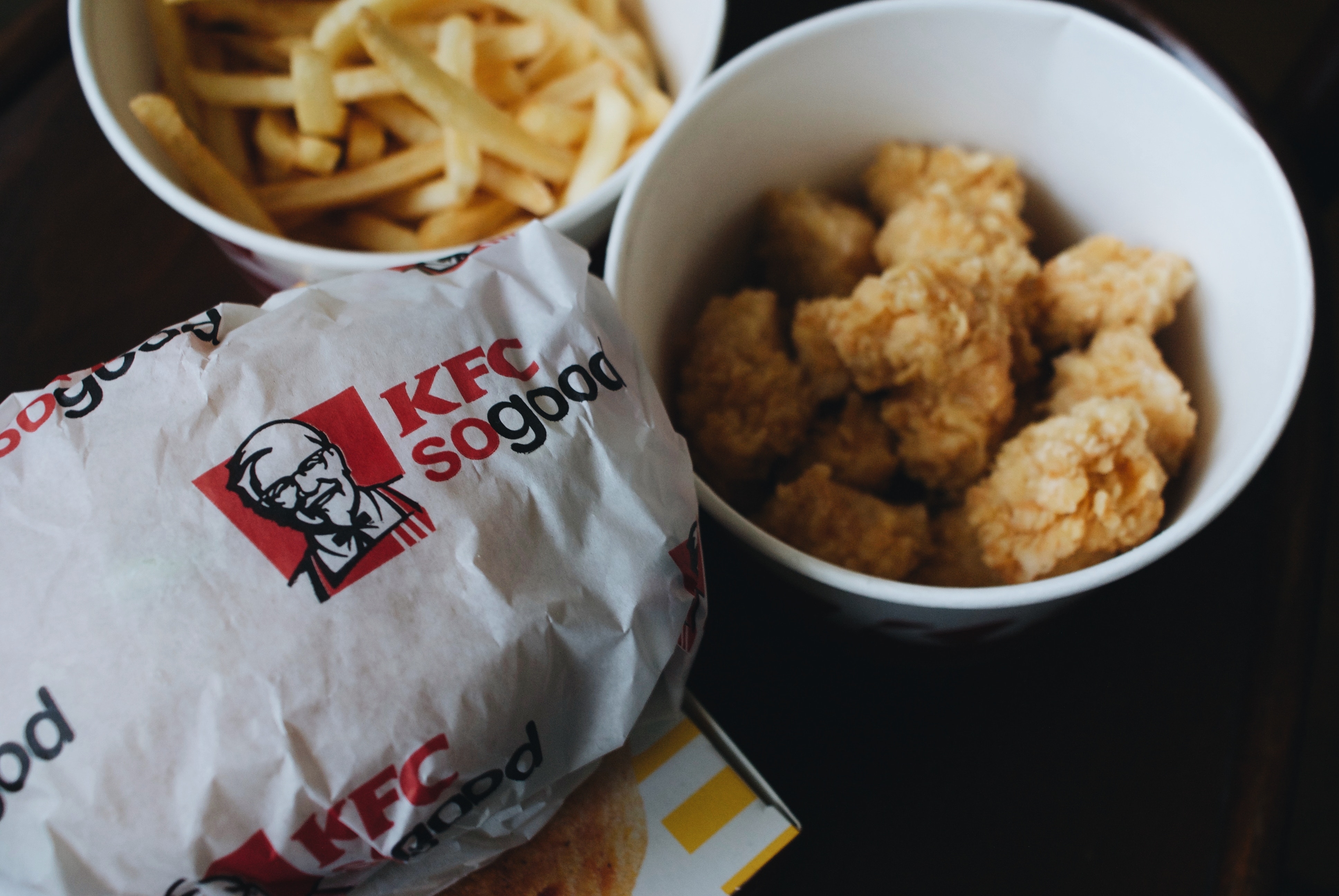Kentucky Fried Chicken, a fast food favourite, is now in every Food Supply Chain executive's mind. Suffering a chicken shortage brought a considerable amount of it restaurants to be closed in the UK. It is still causing a significant loss both in money and in consumers. Unfortunately, this issue will shadow the company for years to come. KFC is blaming the contract done with the delivery firm DHL What went wrong?

KFC´s cost-cutting strategy suffered a disruption in its SC, when it changed from one company specialised in food delivery, to DHL. DHL was overwhelmed with the need to make the delivery of fresh chicken to hundreds of stores around the UK.
Chicken can be rapidly contaminated when there is no adequate-temperature protocol, causing salmonella and other diseases; transport is strictly regulated and must be done by adequate- refrigerated trucks; consequently, tons of chicken was spoiled.
KFC has shortened its distribution centres as well and has been forced to temporarily close most of its UK outlets, after problems with a new delivery contract.
KFC apologised to customers and published an ad confirming that they won’t compromise on quality, and deliveries are not done ever since, except to those restaurants that have limited menu, or shortened hours.
What could KFC have done?
KFC has the responsibility to understand and analyse its own SC; therefore, it should have to keep a reliable and constant relationship with its food-supplier experts and use a Supply Chain Analytics program to foreseen what was coming to find the best way to mitigate risks. A “What-if-scenario” and the use of the correct technology could had been of great help to prevent disruption in the Supply Chain and avoid revenue losses. The 4 R’s of Retail premises – right inventory, right place, right time, and the right price, are essential to cope with these situations.
And all this bring us to a question: Can the use of Drone Delivery be the solution? There are still some challenges facing drone operations. Safety and Security are the main concerns for manufacturers who prefer flight delivery than “last-mile” transportation, but drones are still an experimental project, taking big footsteps in their manufacturing process day after day.
There is a survey which reports that a low percentage of companies is now using delivery drones, and some other indicates that they are planning to use drones in the future. Amazon, Google and UPS would be tacking drone deliveries into their own hands, but retailers would need to embark as well, as scalability represent the biggest challenge in delivery drones process.
Conclusions: The big problem here is that KFC mainly manages fresh food, like chicken pieces, which should be transported at refrigerated temperatures, no higher than 7 Celsius degrees, chicken has not to be frozen, distribution demands change according to the amount of chicken needed and the store consumption. KFC should take into consideration a combination procedure of delivery, land transportation to areas not heavily-crowded and last-mile delivery, of course always appropriately refrigerated following government regulations.
Dave Food
Subscribe to our emails & exclusive free content.

